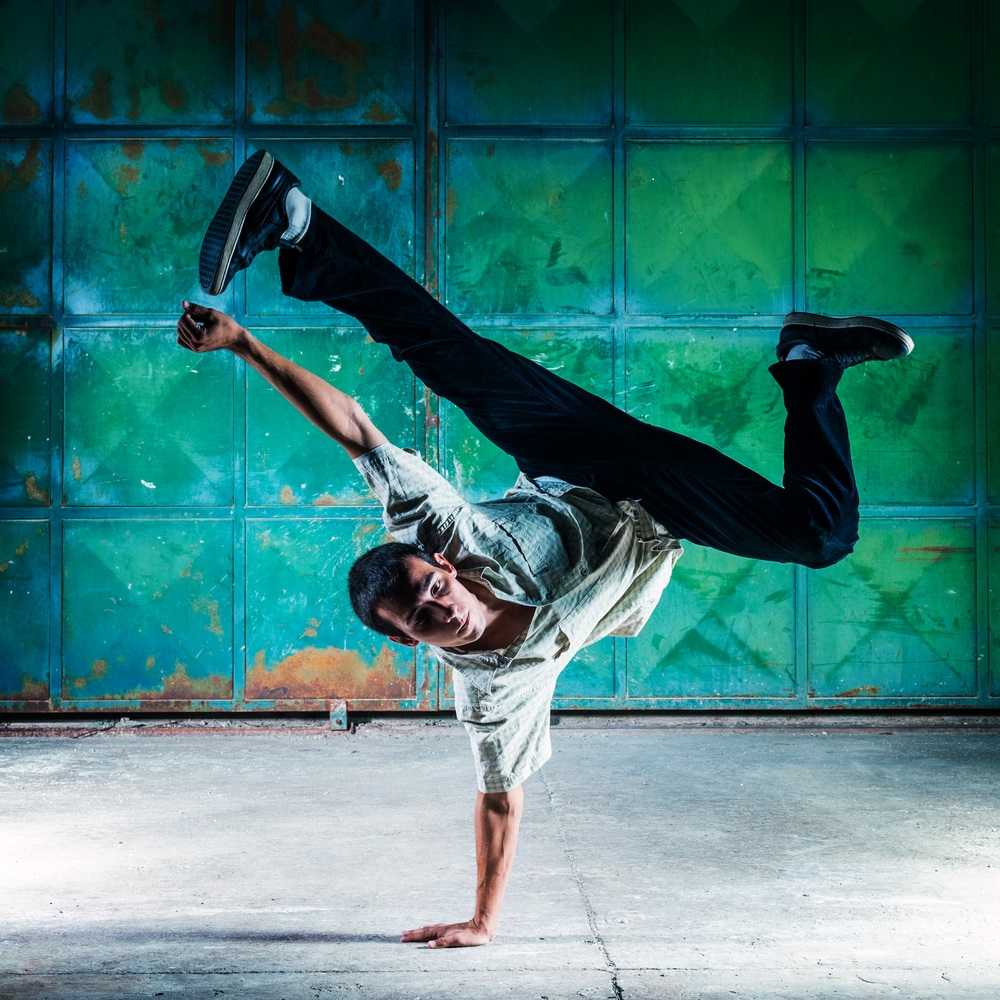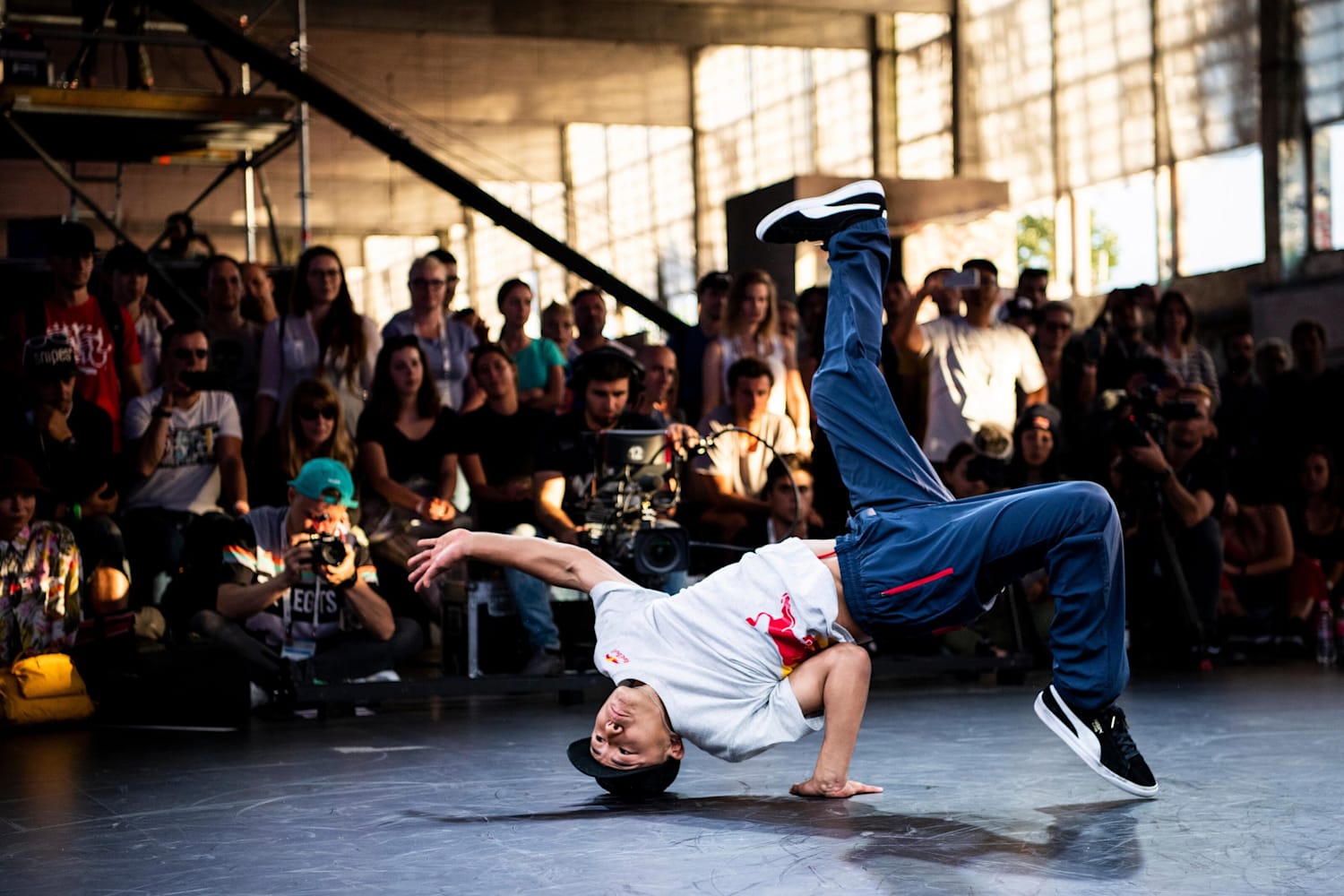History and Evolution of Breakdancing

Breakdancing, a vibrant and dynamic dance form, emerged from the streets of the Bronx, New York City, in the 1970s. Its origins are deeply intertwined with the burgeoning hip hop culture, drawing inspiration from funk music, street culture, and the spirit of rebellion that characterized the era.
Origins in the Bronx
Breakdancing’s birthplace was the South Bronx, a neighborhood marked by social and economic challenges. The energy and creativity of the community found expression in street culture, including music, art, and dance. In the early 1970s, block parties became a focal point for social gatherings, where DJs spun funk and soul records, inspiring impromptu dance battles.
Cultural Influences
Breakdancing was profoundly shaped by the cultural forces that were shaping the Bronx.
- Funk Music: The rhythmic and infectious grooves of funk music provided the sonic foundation for breakdancing. Its emphasis on syncopation and polyrhythms fueled the intricate footwork and power moves that define the dance style.
- Hip Hop Culture: Breakdancing emerged as a key element of hip hop culture, a cultural movement that expressed the experiences and aspirations of marginalized communities. It provided a platform for self-expression, creativity, and social commentary.
- Street Culture: The improvisational nature of breakdancing mirrored the spirit of street culture, where creativity and self-expression were valued above formal training. The dance form embraced individuality, pushing boundaries, and challenging conventional norms.
Key Elements of Breakdancing
Breakdancing is characterized by a unique blend of athleticism, creativity, and rhythmic expression. Its key elements include:
- Top Rock: The foundation of breakdancing, top rock involves rhythmic steps and footwork, often incorporating elements of funk and jazz.
- Footwork: A complex and intricate style of movement, footwork involves rapid foot patterns and intricate transitions, creating a mesmerizing display of agility and precision.
- Power Moves: Dynamic and acrobatic, power moves are characterized by spins, flips, and aerial maneuvers, showcasing the dancer’s strength, flexibility, and control.
- Freezes: Striking and visually captivating, freezes are static poses held in a challenging and balanced position, demonstrating the dancer’s strength, balance, and control.
Evolution of Breakdancing
Breakdancing has undergone a remarkable evolution since its inception, branching out into diverse styles and gaining international recognition.
- 1970s: The early years of breakdancing were characterized by improvisational styles and a focus on rhythmic footwork and simple power moves. The emergence of the Rock Steady Crew, a pioneering breakdancing crew, marked a significant turning point in the development of the dance form.
- 1980s: Breakdancing gained mainstream popularity with the release of the movie “Breakin'” and “Beat Street.” This period saw the emergence of iconic breakdancers like Crazy Legs and the development of more complex and acrobatic power moves.
- 1990s: Breakdancing continued to evolve, with the emergence of new styles like “Power Moves” and “Footwork” that emphasized different aspects of the dance form. The B-Boy Summit, an international breakdancing competition, became a major platform for showcasing the talent and diversity of breakdancers worldwide.
- 2000s-Present: Breakdancing continues to evolve, with the rise of new styles like “Krumping” and “Popping,” and the growing popularity of breakdancing competitions, such as Red Bull BC One. Breakdancing is now recognized as a global phenomenon, with dedicated communities and events in major cities around the world.
Techniques and Styles in Breakdancing: Break Dancing

Breakdancing, also known as B-boying or breaking, is a dynamic and expressive street dance characterized by its intricate footwork, powerful acrobatics, and unique style. It encompasses a diverse range of techniques and styles, each with its own history, signature moves, and renowned practitioners.
Styles of Breakdancing
The diverse styles of breakdancing can be categorized into several distinct groups, each representing a different approach to the art form.
| Style | Description | Famous Dancers |
|---|---|---|
| B-boying | The foundational style of breakdancing, characterized by intricate footwork patterns, complex spins, and dynamic freezes. | Crazy Legs, Ken Swift, Rock Steady Crew |
| B-girling | A style that emphasizes flexibility, grace, and fluidity, incorporating elements of ballet, gymnastics, and contemporary dance. | Baby G, RoxRite, Lady Beast |
| Power Moves | High-energy and acrobatic moves that require strength, agility, and precision, such as headspins, windmills, and flares. | Poppin’ Pete, Storm, Lilou |
| Top Rock | A rhythmic and energetic style that involves complex footwork and intricate body movements performed on the spot. | B-boy Icey, B-boy Cico, B-boy Nitro |
| Footwork | The foundation of breakdancing, characterized by intricate foot patterns, quick transitions, and precise movements. | B-boy Lilou, B-boy Hong 10, B-boy Taisuke |
| Freezes | Static poses that showcase balance, flexibility, and creativity, often incorporating unique and challenging body positions. | B-boy Snake, B-boy Victor, B-boy Gravity |
Techniques in Breakdancing, Break dancing
Breakdancing techniques are the fundamental building blocks of the art form, encompassing a wide range of movements, skills, and styles.
- Footwork: This foundational element of breakdancing involves intricate foot patterns, quick transitions, and precise movements, often executed with speed and fluidity. It is essential for navigating the dance floor, creating rhythmic patterns, and transitioning between other moves. Popular footwork techniques include the six-step, the 1990s, and the suicide.
- Power Moves: These high-energy and acrobatic moves require strength, agility, and precision, often involving rotations, flips, and spins. Power moves are a visually striking element of breakdancing, demonstrating the dancer’s physical prowess and athleticism. Common power moves include the headspin, windmill, flare, and airtrack.
- Freezes: These static poses showcase balance, flexibility, and creativity, often incorporating unique and challenging body positions. Freezes are used to transition between moves, emphasize a particular moment, or simply to create a visually striking tableau. Notable freeze techniques include the handstand freeze, the chair freeze, and the elbow freeze.
- Top Rock: This rhythmic and energetic style involves complex footwork and intricate body movements performed on the spot. Top rock is a dynamic and expressive element of breakdancing, often used to set the tone for a routine or to showcase the dancer’s musicality. Popular top rock techniques include the “chicken scratch” and the “moonwalk.”
Breakdancing Culture and Community
Breakdancing is more than just a dance style; it’s a vibrant culture that fosters social interaction and community building. The spirit of breakdancing transcends physical movements, creating a sense of belonging and shared passion among its practitioners.
The Role of Breakdancing in Social Interaction and Community Building
Breakdancing has played a crucial role in bringing people together from diverse backgrounds, fostering a sense of community and shared identity. Breakdancing crews, often formed in local neighborhoods, provide a space for individuals to connect, learn from each other, and support each other’s growth. The collaborative nature of breakdancing, where dancers share techniques and inspire each other, strengthens bonds and promotes social cohesion.
The Importance of Competitions, Battles, and Events
Breakdancing competitions, battles, and events are integral to the breakdancing culture. These gatherings provide a platform for dancers to showcase their skills, push their boundaries, and earn recognition. Battles, in particular, are highly competitive and often involve improvisation and spontaneous creativity. These events foster a spirit of healthy rivalry and encourage dancers to continuously improve their skills. The competitive aspect of breakdancing also attracts spectators, creating a vibrant and energetic atmosphere that further promotes the culture.
Key Values and Principles of the Breakdancing Community
The breakdancing community is defined by a set of core values and principles that guide its members. These include:
- Respect: Breakdancers show respect for their fellow dancers, regardless of their skill level or background. This respect extends to the art form itself, the music, and the culture that surrounds it.
- Creativity: Breakdancing encourages innovation and self-expression. Dancers are constantly striving to develop new moves, styles, and combinations, pushing the boundaries of the art form.
- Humility: Despite their skills, breakdancers remain humble and open to learning from others. This humility fosters a collaborative and supportive environment.
- Passion: Breakdancing is driven by a deep passion for the art form. This passion is evident in the dedication, energy, and enthusiasm that dancers bring to their practice and performances.
Global Impact of Breakdancing
Breakdancing has gained global recognition, transcending cultural and geographical boundaries. Its presence is felt in various countries and cultures, with thriving breakdancing communities in places like the United States, Japan, France, and Brazil. The global reach of breakdancing has contributed to its evolution and diversity, with different regions developing unique styles and techniques. The global breakdancing community is a testament to the universal appeal of this art form, connecting people through shared passion and creativity.
Break dancing is a form of street dance that requires incredible strength, flexibility, and coordination. It’s a physically demanding art that can leave you feeling hungry, which is why it’s always a good idea to have a plan for post-practice fuel.
If you’re looking for a delicious and satisfying meal, you can easily find some of the best indian restaurants near me. After all, there’s nothing quite like a hearty curry to replenish your energy and celebrate a successful break dancing session.
Breakdancing, with its intricate footwork and dynamic spins, is a testament to human creativity and athleticism. It’s a form of expression that transcends cultural boundaries, much like the political activism of Cori Bush , who champions social justice and economic equality.
Both breakdancing and Bush’s work demand a commitment to pushing boundaries and challenging the status quo, reminding us that change is possible through passion, perseverance, and a willingness to break free from convention.

